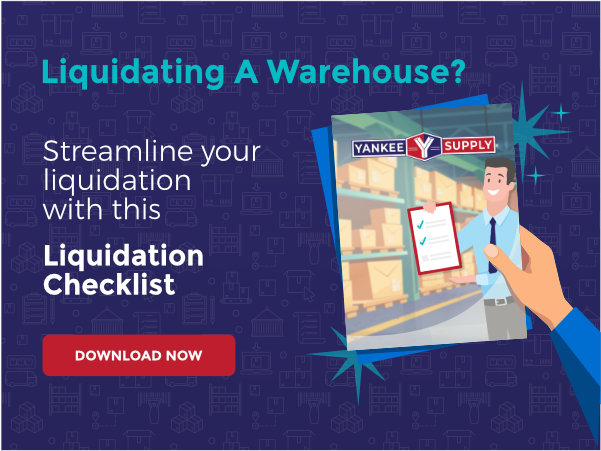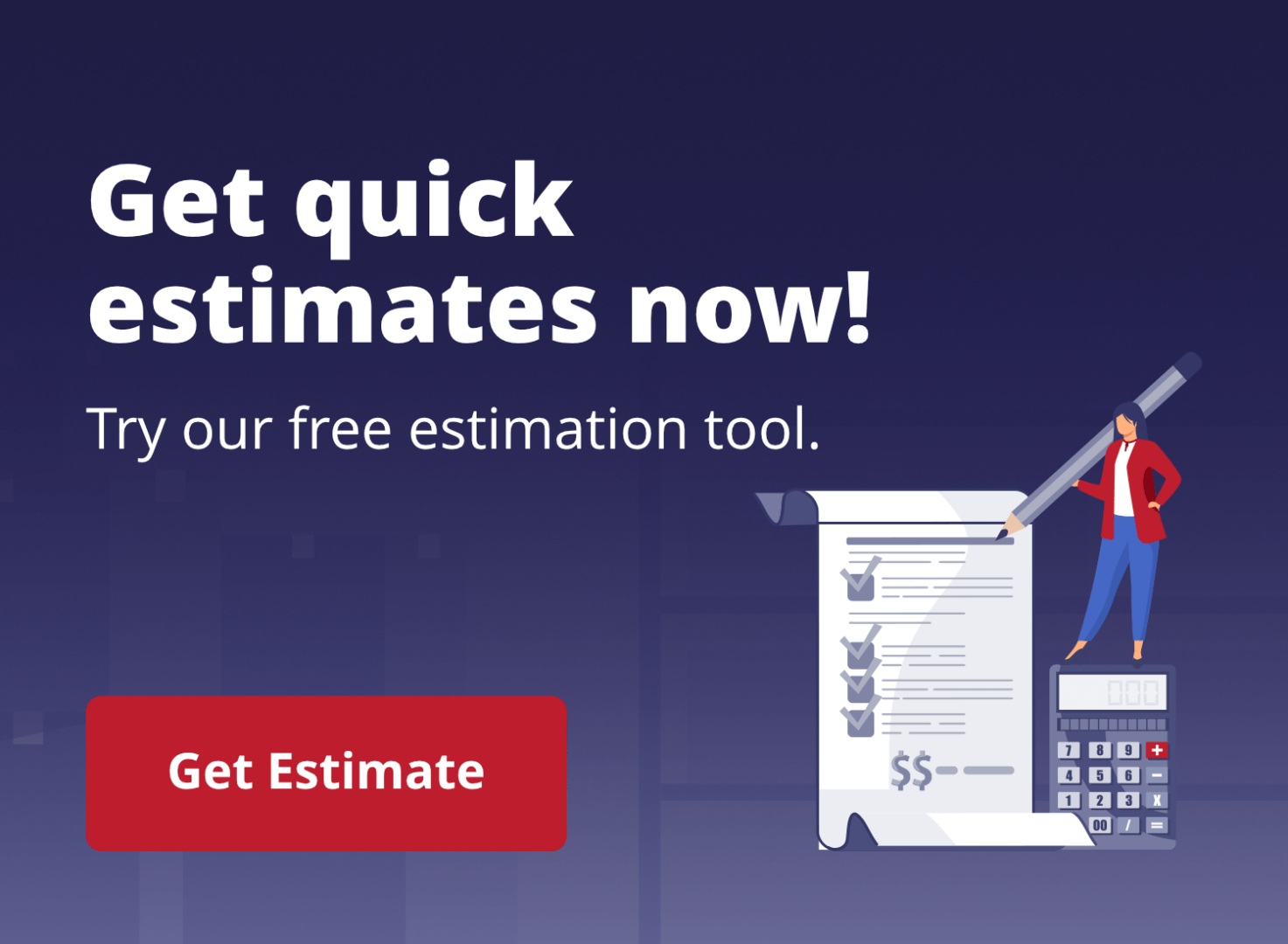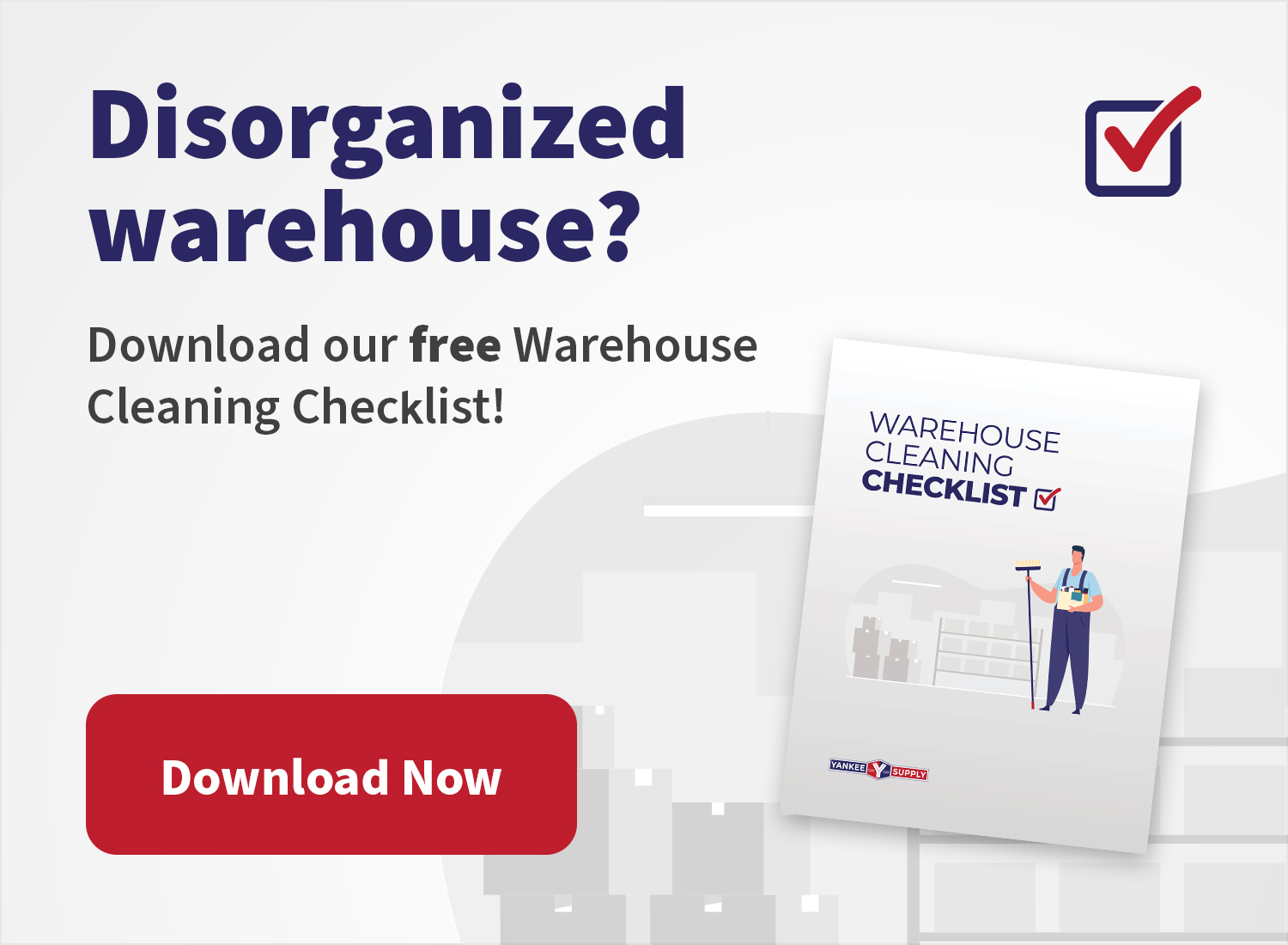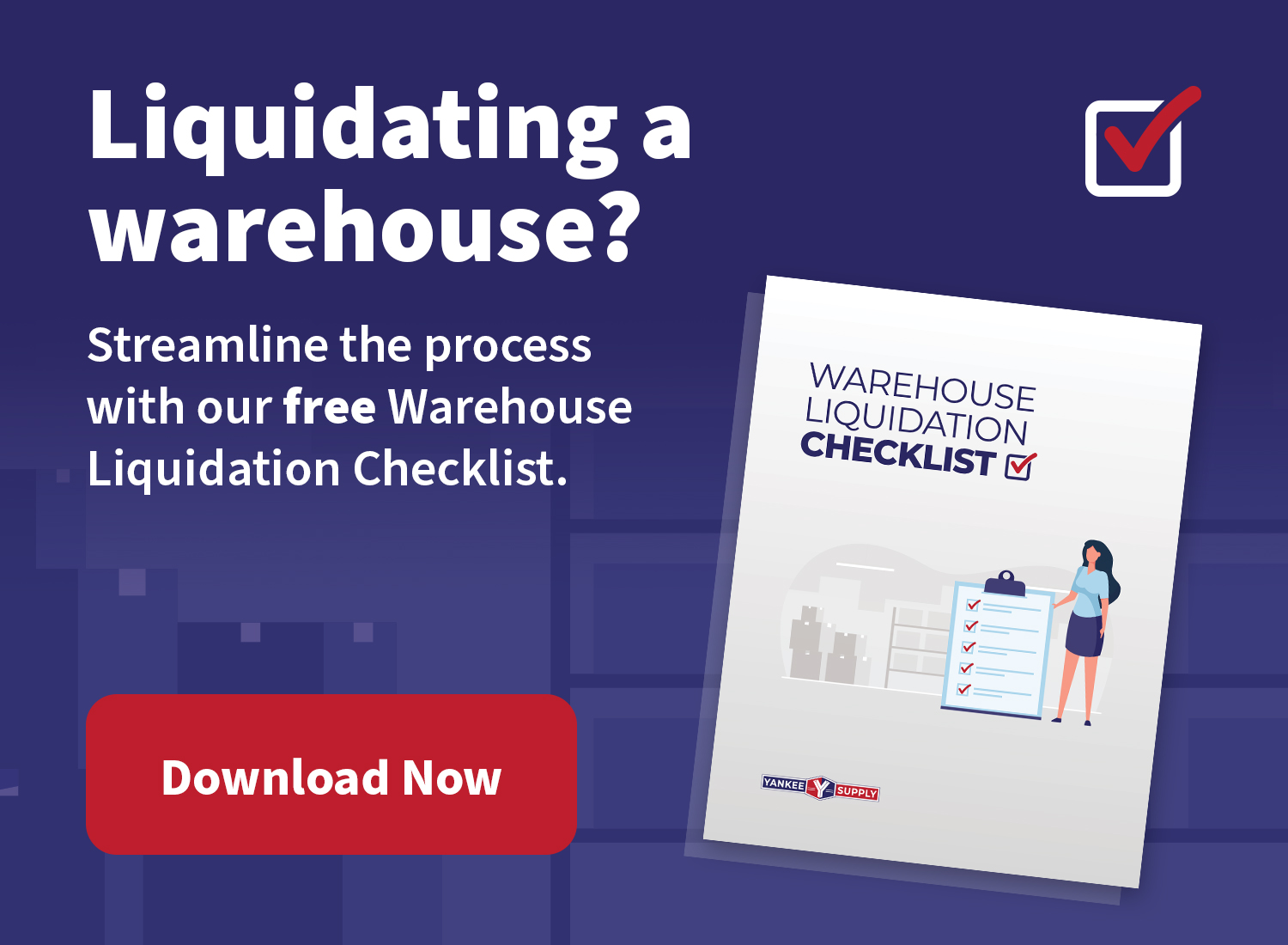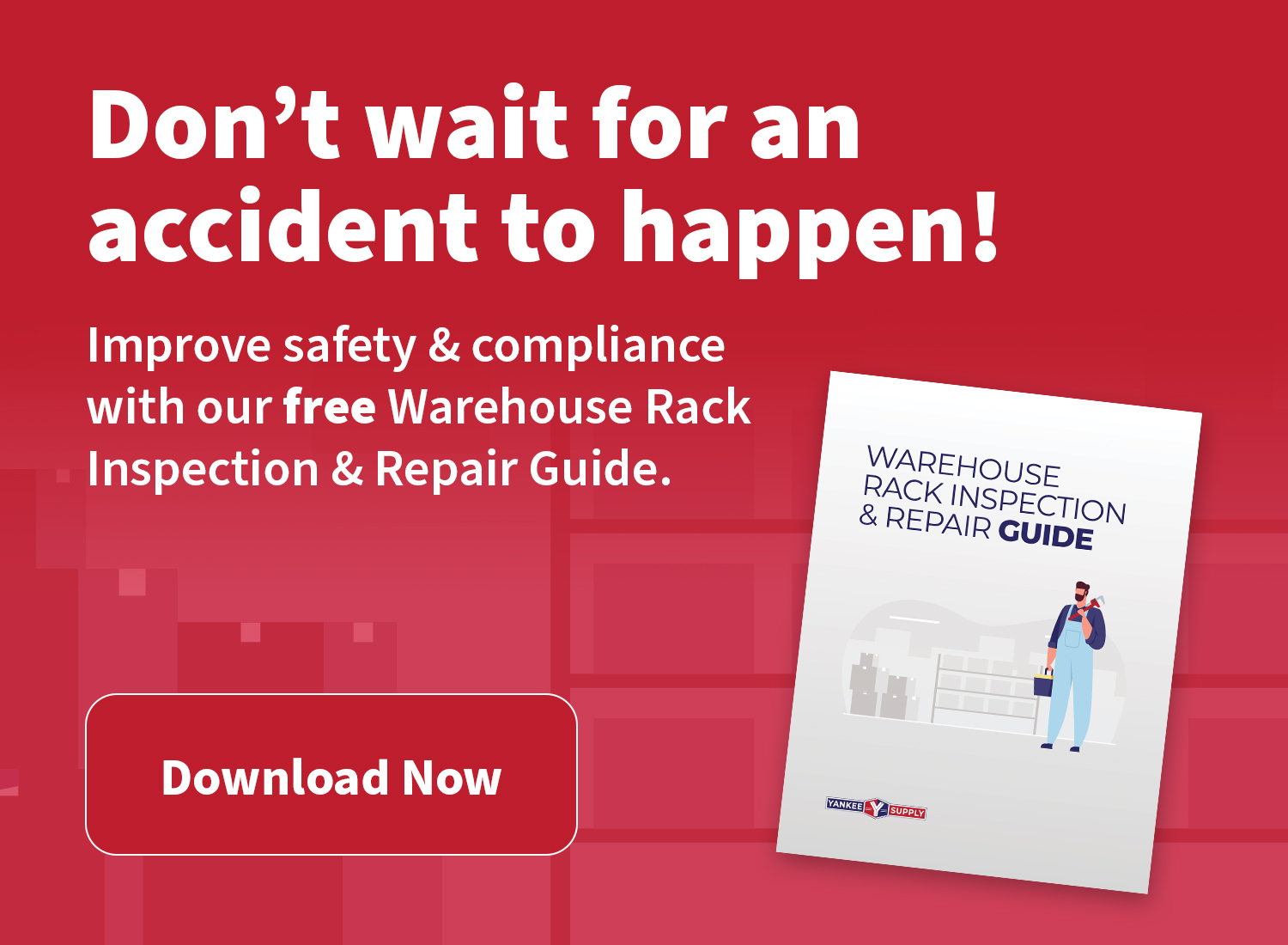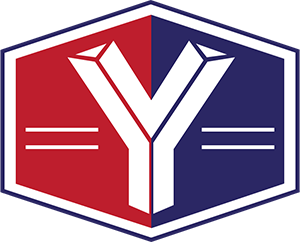So you are about to perform a warehouse liquidation and your last experience is not a memory to behold, or maybe it’s the first liquidation you have ever done. Your checklist might involve a series of intertwined processes, and just staring at it makes you dizzy. Simplifying this daunting activity into 3 easy yet effective milestones should make things more manageable.
Here’s Yankee Supply’s guide to a seamless end-to-end liquidation. Let’s get going.
Plan, Catalog, Market
Warehouse liquidation has become an essential part of warehouse operations, mainly because it helps your warehouse generate much needed profit and eliminate assets which have lost their value. The issue with this scenario is that some managers struggle in organizing the process, let alone know the value of each piece of equipment after depreciation.
The process of liquidating warehouse equipment is more than just a matter of taking your equipment and shipping it off to be recycled or reused. If you want the process to be smooth, efficient, and easy for yourself, your staff and your customers, simplifying the work effort is a good place to start.
Here are three simple yet proven ways to break down your liquidation task and ensure a smooth experience from start to finish.
Build Your Warehouse Liquidation Plan
Everything starts with the plan. Here are the things you need to include in your planning agenda:
Plan your actions
Designing your own liquidation process map is a great way to get started, but if you already built a robust strategy in the past, then you can skip this part and move on. Take note that your design should also include remediation actions to make sure that if your plan went sideways, you are prepared to get things back on track.
Plan your timeline
Make sure to design your timeline to be realistic. Keep track of your progress and try your best effort to finish everything on time. Missing your deadlines is one way to mess things up.
It’s a lot of work to liquidate warehouse equipment, so you might need to have a strict schedule if you are supposed to raise funds or have all products out by a deadline.
Each process in your equipment liquidation plan should be assigned a specific target date, which will help you keep things organized. You can specify deadlines for the different stages of your liquidation, such as:
- move-out date
- dismantling date
- cataloging and documentation of items
- valuation of items
- the actual posting of items for sale
Plan your actors
The liquidation work effort is not a one-man job. A team of carefully selected individuals with matching expertise assigned for each task will be key to the success of your strategy.
Once your project plan and all its components are in place, you can start building your catalog.
Build your Catalog
Making a catalog of all the items in your warehouse before you start segregating them into categories is an essential step. Divide your warehouse into sectors and conquer each of them until you are able to cover everything. You have to take note of each asset, label it , check its condition, and take photos from different angles for the official catalog of things you are going to liquidate.
Once everything is included in your catalog, you should carefully identify what to do with each asset. Identify which ones can be sold, should be repaired and must be disposed of.
Assets to be sold must be valued based on its condition, age, and longevity. The value of each piece of equipment in your warehouse can be determined using several different methods. The most common method is called depreciation, which is used to determine the value of a piece of equipment based on its age and how much it has been used over time.
Depreciation can be calculated by taking the cost of an item and dividing that number by how many years it should last (also known as annual or straight-line depreciation). For example, if you buy a forklift for $10,000 and expect it to last five years before requiring maintenance or replacement parts, then the annual depreciation would be $2,000 ($10K/5 years).
While you may do this by DIY liquidation, it is better to seek the services of expert appraisers to ensure that all of your sales or profits are not left on the table. Each warehouse equipment will have its own set of conditions and depreciation values, which is something an expert appraiser can help you with.
A careful decision between which item to repair and which to get rid of will help you cut losses. You do not want to spend money sending an asset for repair and selling it for almost the same amount as the repair cost. Asset disposal should also be discussed to avoid flags from waste management agencies. The last thing you want to happen is pay penalties which will again factor in as part of your losses.
Build your Marketing Strategy
You are down to the final step. Your plan and catalog has green light, the last thing to do is design a marketing plan to make sure that you sell as many assets as you can with minimal overhead. Overhead may come from shipping costs and delays, customer complaints, and returned items and the failure to choose the right market.
The marketing team you’ve chosen from the planning phase should present several potential markets and their end-to-end strategy from initial customer interaction until after sales support. You should now gauge each proposal and identify which one will get you the most profit with the least overhead and risk.
Ready, Set, Liquidate!
By this time you should now be excited to perform your next warehouse liquidation exercise and enjoy a seamless experience as long as everything is carried out as mentioned. If you need expert advice or you want our warehouse experts to take care of some of the outlined steps for you, Yankee Supply’s liquidation team is here to help you. Click here to know more about the services we offer.


